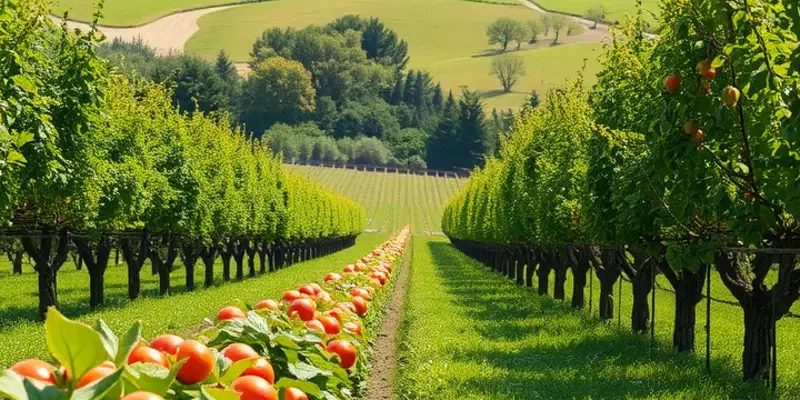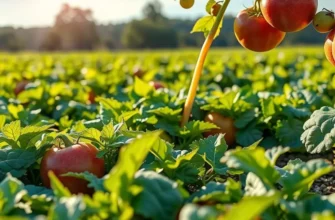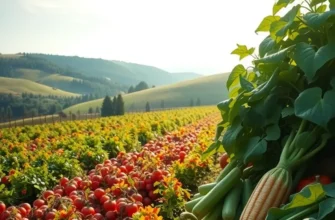Proper storage of opened sauces is crucial for maintaining flavor and preventing food waste. Knowing how to store various types of sauces can extend their shelf life and keep your culinary creations delicious. From condiments like ketchup to complex sauces like pesto, understanding the correct methods to store these items can enhance your meal prep routine and ensure you’re maximizing the use of your ingredients.
Understanding Sauce Types and Storage Needs
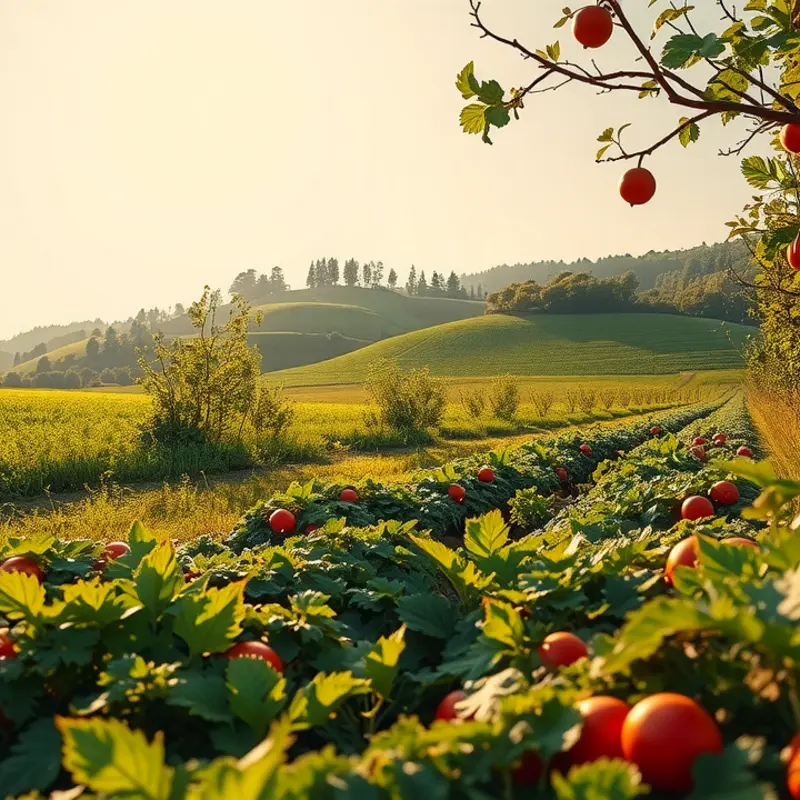
Sauces are the essence of many culinary dishes, elevating flavors with each spoonful. However, mastering the art of sauce storage requires understanding the unique needs of each type. Broadly, sauces can be categorized into refrigerated sauces, pantry-storable sauces, and more specialized varieties, each with distinct characteristics.
Refrigerated sauces include delights like mayonnaise, ketchup, and certain creamy dressings. These usually contain perishable ingredients that demand cool temperatures to prevent spoilage. Once opened, these sauces should be ideally stored in the refrigerator, tightly sealed. Exposure to air not only dries them out but accelerates oxidation, diminishing flavor and aroma. Always ensure the lids are fastened and wipe off excess residue that might encourage bacterial growth.
Pantry-storable sauces often include vinegar-based or high-sugar content options. These include soy sauce, hot sauce, and some vinegarets. The high acidity or sugar content acts as a natural preservative, allowing for stable shelf storage. Nonetheless, they should remain in a cool, dark place. Light and heat can degrade their quality over time, changing their taste and color. Though these sauces are more forgiving in storage, it’s crucial to check for any signs of crystallization or discoloration, which might indicate the need for refrigeration or disposal.
Specialized sauces, such as those containing unusual ingredients or homemade concoctions, come with unique storage needs. Homemade sauces like pesto or fresh salsa lack preservatives and therefore require refrigeration immediately after preparation. The absence of preservatives demands tighter control over storage conditions, often dictating a shorter shelf life. Similarly, certain sauces may contain oils that could separate at cooler temperatures; a gentle shake before use can remedy this.
A common mistake is assuming that all sauces can safely be stored the same way. Additionally, another frequent error is underestimating the importance of correctly sealing a sauce. Improperly sealed containers invite air, leading to unwanted microbial activity. Finally, it’s easy to forget the first in, first out rule: using older sauces before opening new ones will help prevent waste.
For those eager to delve deeper into safer storage practices, your journey doesn’t end here. Numerous methods align with eco-smart kitchen strategies, offering insights into minimizing waste and enhancing the sustainability of your culinary endeavors. For further reading on advancing your storage practices responsibly and efficiently, consider visiting eco-smart kitchen storage.
Incorporating these strategies into your daily routine not only extends the life of your sauces but also respects the integrity of your culinary creations. Protect your investment by understanding how best to store them, ensuring every drop is as delicious as the last.
Best Practices for Storing Opened Sauces
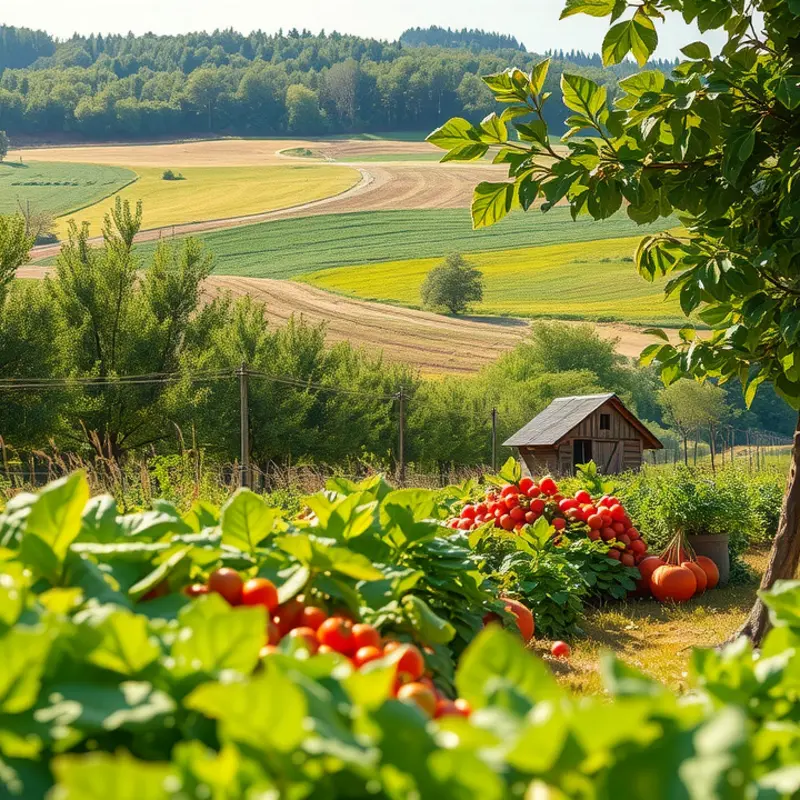
To make the most of your favorite sauces and minimize the chances of waste, storing them correctly after opening is crucial. The first step is selecting appropriate containers. Airtight containers are ideal, as they prevent exposure to air and moisture, which can adversely affect flavors and promote bacterial growth. Glass jars with tight seals or BPA-free plastic containers work well.
Temperature is another key factor. Generally, the majority of sauces, especially those with dairy, should be refrigerated after opening. The colder temperatures slow down microbial growth, preserving freshness. Some sauces, notably those based on oil, vinegar, or with a high sugar content, may only need refrigeration to maintain optimal quality, not for safety. Always check the label for specific storage instructions.
Understanding the shelf life of your sauces helps prevent spoilage. Most opened sauces last in the refrigerator for three to six months, though this varies. Dairy-based sauces have a shorter shelf life, while fermented or acidic sauces can last much longer. A good rule of thumb is: if you notice changes in color, texture, or smell, it’s time to discard.
Labeling is a powerful tool in managing your sauce inventory. After opening, label each container with the date it was opened. This ensures you use sauces within their recommended periods and helps track freshness. If you’re using a permanent container, use a removable or erasable label to update as needed.
Additionally, consider organizing sauces by expiration date in your refrigerator or pantry. Keep those that need to be used sooner at the front, which reduces the chance they’ll be forgotten. This approach also makes meal prep more efficient, as you can quickly assess what’s available and ready to use.
For home chefs looking to further minimize waste, making use of spray bottles or pouring spouts can help control the amount of sauce dispensed, preventing unnecessary pour-outs. Another idea is to incorporate leftover sauces into meal planning, perhaps as marinades or dressings, to ensure they are used to their full potential.
For more on sustainable kitchen practices, explore eco-smart kitchen storage techniques. This resource offers insights on how to store sauces and other ingredients efficiently, contributing to a more sustainable cooking environment.
By thoughtfully managing sauce storage, you can keep your culinary creations fresh while significantly reducing food waste. With these strategies, you’ll always have your go-to flavors at their best, ready to elevate any dish.
Final words
Correctly storing opened sauces not only preserves their flavor but also plays a crucial role in reducing food waste. By understanding the types of sauces and their specific storage methods, you can maintain the quality of your ingredients and enjoy them for a longer time. Embrace these practices not just for sauces, but also apply similar principles to other foods in your kitchen. With a thoughtful approach to food management, you’ll enhance your cooking experience and make the most out of your purchases.

